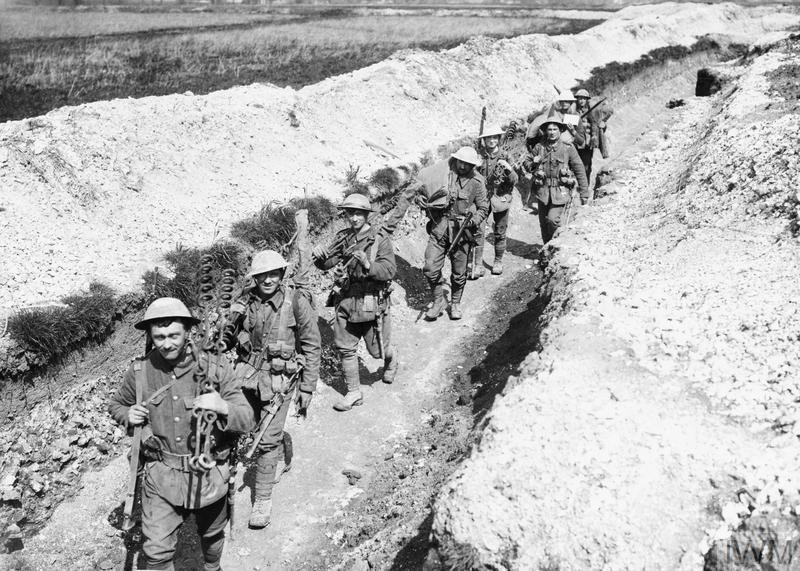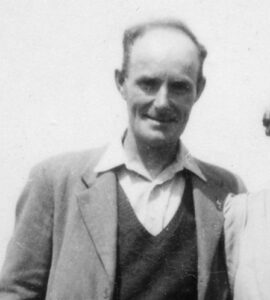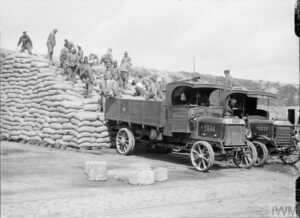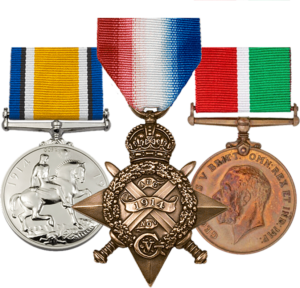James and his younger brother George enlisted into the army together on 10 November 1915, joining the 10th (Scottish) Battalion of The King’s (Liverpool Regiment) and being given consecutive serial numbers, 5599 for James (later changed to 670359) and 5600 for George. At the time, 24-year-old George still lived at home and was described as 5 feet 8 inches tall with fair physical development. He declared that he had previously served for four years with the 5th (Flintshire) Battalion of the Royal Welch Fusiliers, which was part of the Territorial Force.
James’s service document is unfortunately rather faded and it’s not certain that he was in the same unit as his brother (the 3/10th), but after a period of training they both embarked for France at Southampton on 10 April 1916, arriving at Rouen the next day. It is not known what happened from here, but he remained in France for only six months before returning to England in October 1916. There is no indication in the records that he was wounded. He served at home for the next 18 months, returning to France in April 1918.
James was rather unfortunately shot in the hip/upper thigh area just nine days after arriving and returned home to recuperate. The day after the Armistice, 12 November, he was fit enough to be transferred to the Labour Corps, joining the 546th Agricultural Company. Their task was to work the land and maintain food production in the face of major labour shortages. James joined the 540th Home Service Employment Company on 5 January 1919 and remained with them until demobilised in April.
Units
- 5th (Flintshire) Battalion, Royal Welch Fusiliers
- 10th (Scottish) Battalion, The King’s (Liverpool Regiment) (1915-1918)
- 546th Agricultural Company, Labour Corps (1918)
- 540th Home Service Employment Company, Labour Corps (1919)
Medals






